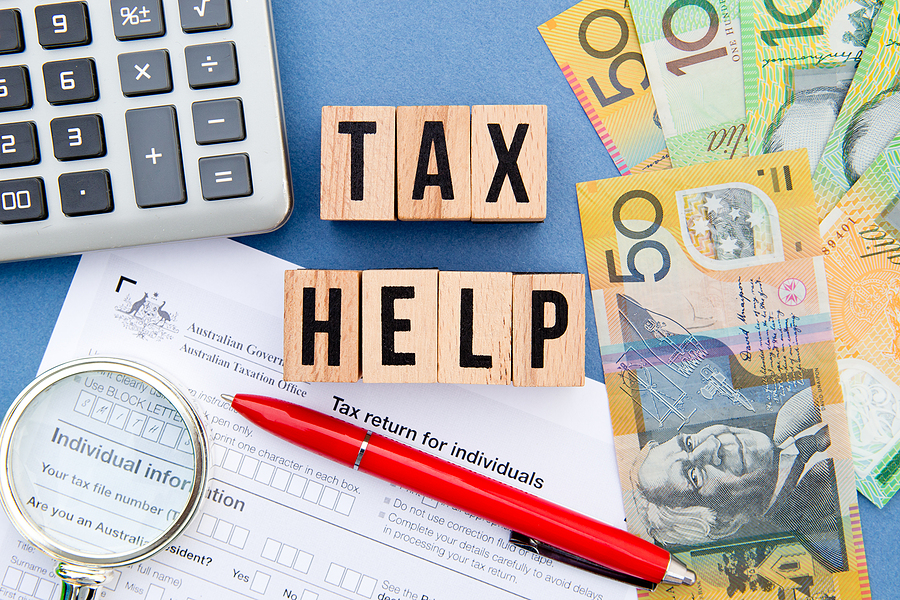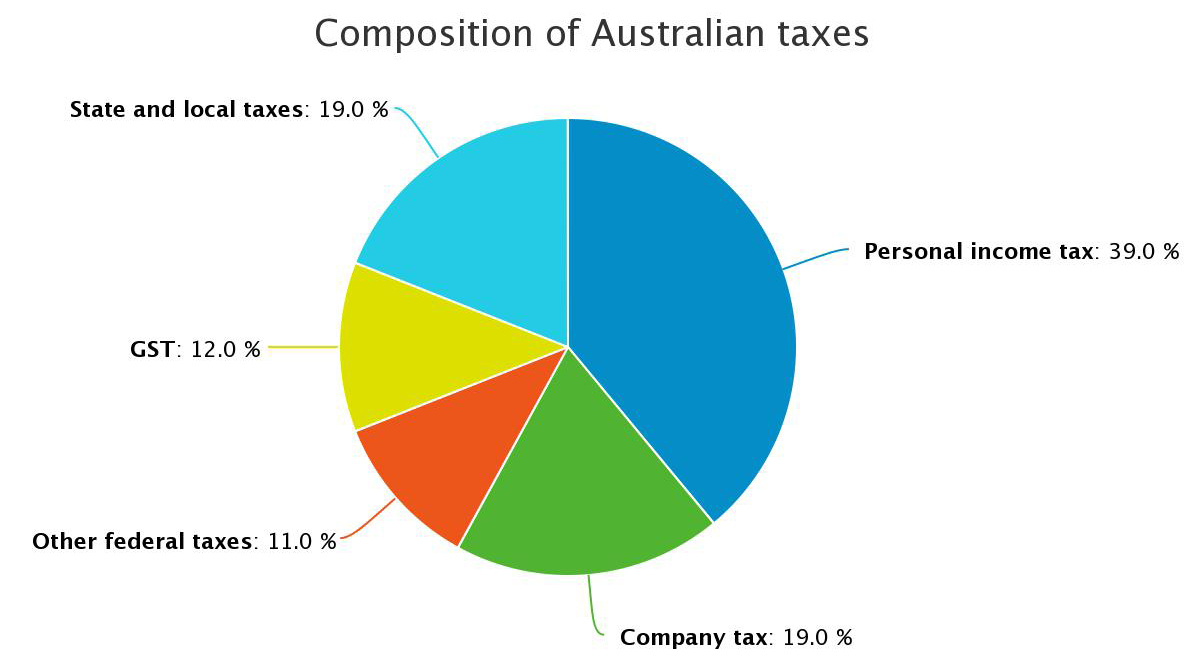The Highest Income Tax in Australia
Understanding Australia’s Taxation System
Australia is known for its beautiful landscapes, diverse wildlife, and a high standard of living. However, like any other developed country, Australia relies on taxes to fund public services and infrastructure. One of the key components of Australia’s taxation system is income tax, which is levied on individuals and businesses. In this article, we will explore the highest income tax rates in Australia, how they are structured, and who is affected by them.
The Basics of Income Tax in Australia
Before diving into the highest income tax rates in Australia, let’s first understand the basics of the country’s income tax system. Australia employs a progressive tax system, which means that as your income increases, you pay a higher percentage of that income in taxes. This system is designed to ensure that those with higher incomes contribute more to the country’s revenue.

What is the highest income tax in Australia?
Tax Brackets in Australia
Australia’s income tax system is divided into various tax brackets, each with its own tax rate. As of my last knowledge update in September 2021, here are the key tax brackets and their corresponding rates for individuals:
- Taxable Income up to $18,200: If your annual income falls within this bracket, you pay no income tax. This threshold is often referred to as the tax-free threshold.
- Taxable Income from $18,201 to $45,000: In this bracket, you are taxed at a rate of 19 cents for every dollar earned above $18,200.
- Taxable Income from $45,001 to $120,000: For incomes within this range, the tax rate is 32.5 cents for every dollar above $45,000.
- Taxable Income from $120,001 to $180,000: Individuals earning between $120,001 and $180,000 are subject to a tax rate of 37 cents for each dollar over $120,000.
- Taxable Income over $180,001: The highest income tax bracket in Australia applies to individuals with taxable incomes exceeding $180,000. For this bracket, the tax rate is 45 cents for every dollar above $180,000.
Additional Medicare Levy
In addition to the income tax rates mentioned above, Australia has an additional Medicare Levy. This levy helps fund the country’s healthcare system. As of my last knowledge update, the Medicare Levy was set at 2% of your taxable income. However, there are some exceptions and additional levies for high-income earners.
Who Pays the Highest Income Tax Rates?
Now that we’ve covered the tax brackets, you might wonder who pays the highest income tax rates in Australia. The highest tax rate of 45% applies to individuals with taxable incomes exceeding $180,000. These are often referred to as high-income earners, and they contribute a significant portion of the country’s tax revenue.
Impact of Deductions and Tax Offsets
It’s important to note that many individuals can reduce their taxable income through deductions and tax offsets. Deductions are expenses that can be subtracted from your taxable income, while tax offsets directly reduce the amount of tax you owe. Common deductions and offsets in Australia include those related to education expenses, charitable donations, and low-income offsets.
State and Territory Taxes
In addition to federal income tax, some states and territories in Australia also impose their own taxes. These taxes can vary in terms of their rates and the types of income they apply to. For example, some states have stamp duty on property transactions, while others have payroll tax on businesses. It’s essential to be aware of the specific tax regulations in your state or territory.
Changing Tax Rates
Tax rates in Australia can change from year to year as they are subject to legislative changes. The government may adjust tax brackets, rates, and offsets in response to economic conditions and budget priorities. It’s advisable to stay informed about any updates to the tax system to ensure accurate financial planning and compliance.

Conclusion
In conclusion, the highest income tax rate in Australia is 45%, applying to individuals with taxable incomes exceeding $180,000. Australia’s progressive tax system ensures that those with higher incomes contribute more to the country’s revenue, while lower-income earners benefit from tax-free thresholds and lower tax rates. Additionally, the Medicare Levy helps fund the healthcare system, and various deductions and offsets can reduce the overall tax liability. Learn how high income tax thresholds work here.
Keep in mind that tax regulations can change, so it’s essential to stay updated and consult with a tax professional for personalized advice on managing your tax obligations in Australia. Understanding the tax system is crucial for financial planning and compliance with the law in this beautiful and prosperous country.

